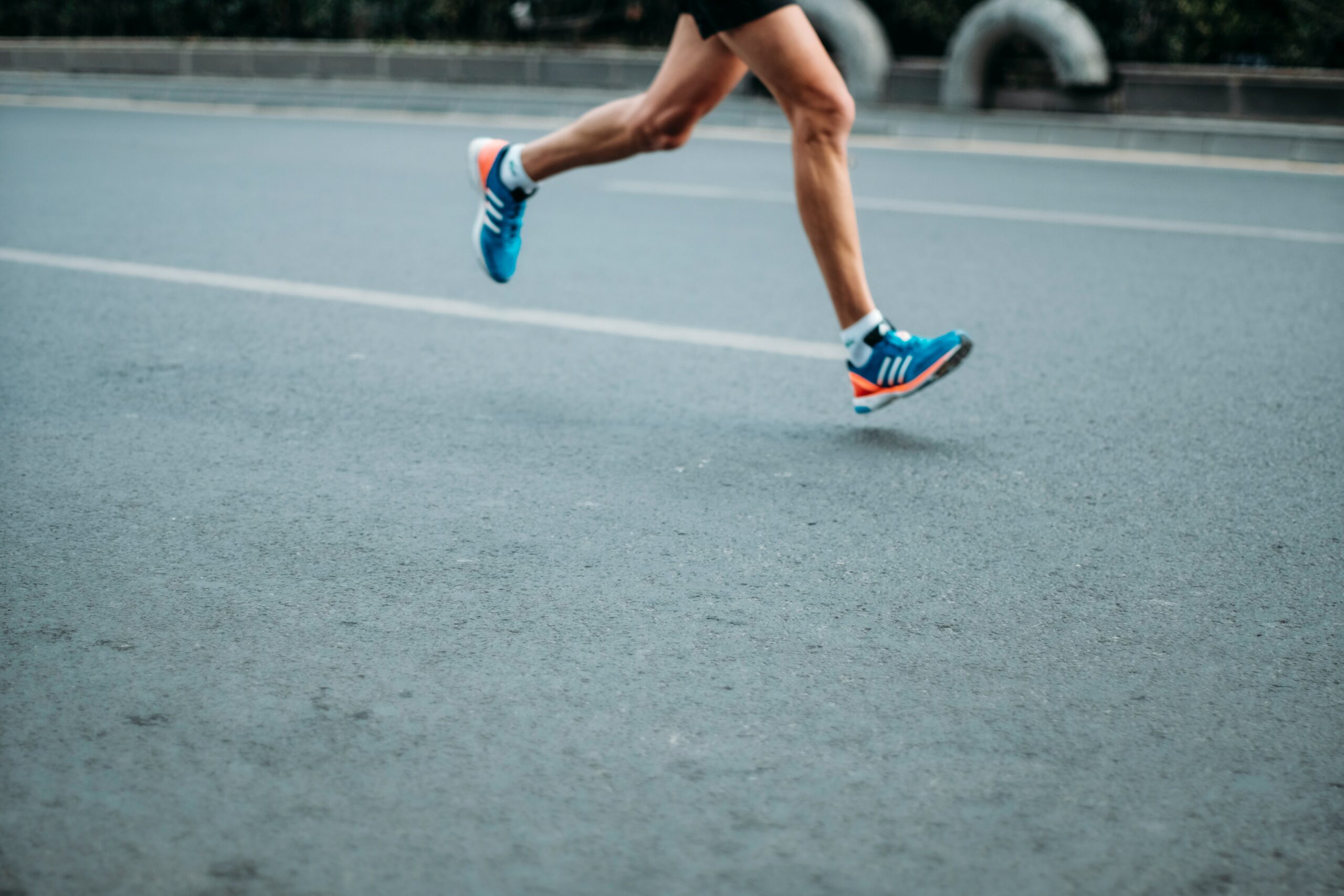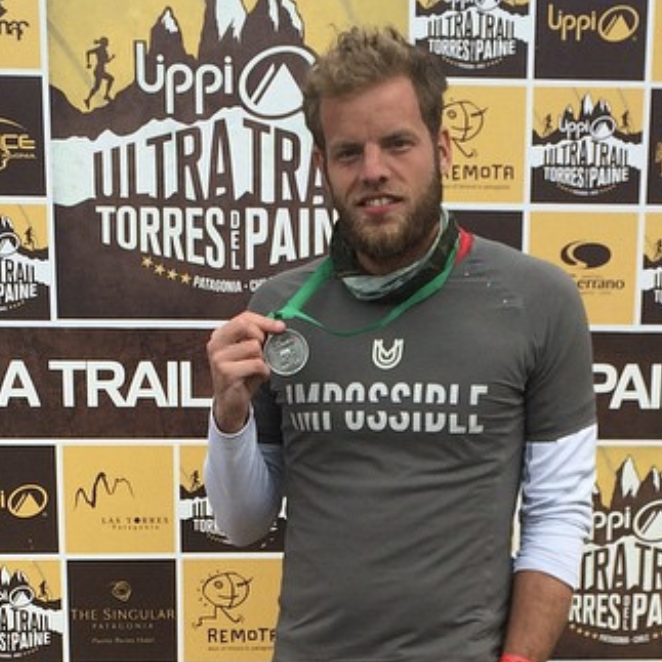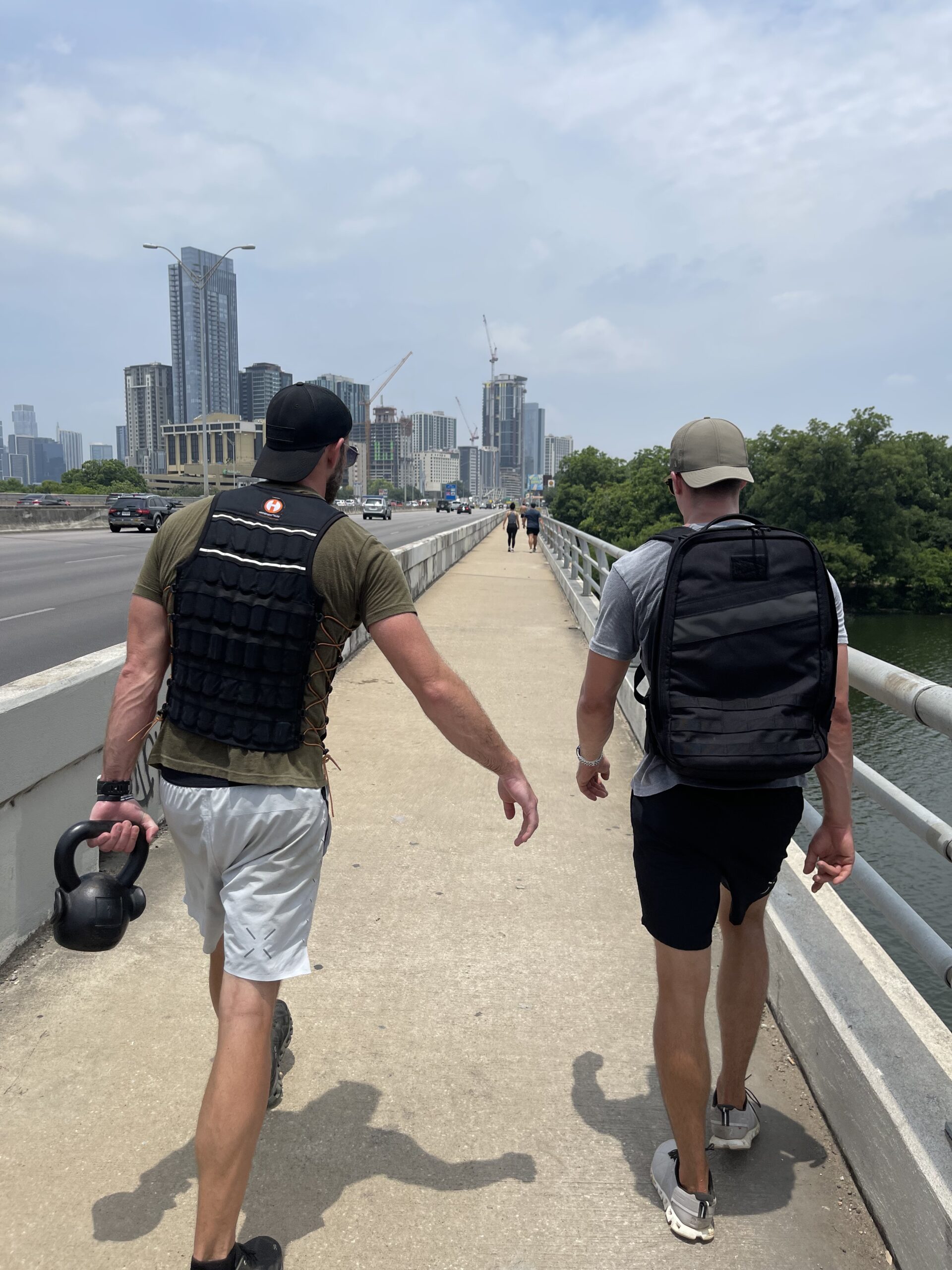Believe it or not, shin splints are an extremely common affliction. In fact, they affect nearly three million people per year in the United States according to the Mayo Clinic. If you have ever experienced a dull, sharp, or throbbing ache running along your shin bones, chances are you have experienced shin splints.
Needless to say, shin splints can be frustrating. Not only are they painful, but they can keep you sidelined from the activities that you love to do. Thankfully, there are some ways that you can prevent shin splints – or at least reduce your chances of experiencing them.
In this article, we will cover the basics of shin splints. This includes discussing what shin splints actually are, what causes them, the most common symptoms that occur, how to get rid of shin splints, and ways that you can prevent them.
Let’s dive into it.
What are shin splints?
The tibia, often referred to as the shin, is the long bone that runs along the front of the lower leg. If you experience a shooting pain that runs along this bone or in the general area, then you most likely are experiencing shin splints. Shin splints can also be called medial tibial stress syndrome in the medical world. This means that there is inflammation occurring in this area within the muscles, tendons, or bone tissue.
Shin splints are most often brought on by vigorous physical activity. People that run, dance, hike, or are just starting an exercise program commonly experience this syndrome. While it is not a life threatening condition, it can definitely decrease your quality of life and discourage you from continuing your activity of choice.
Symptoms of shin splints
Symptoms of shin splints are relatively ubiquitous. Most often, symptoms pop up as tenderness and soreness along the shin bone. While not as common, swelling might also occur. The pain can present as a sharp stabbing pain or a dull ache. It may come on during the exercise or recently after you have stopped.
When you first start experiencing any one of these symptoms, it is recommended that you stop doing the activity in which you are currently engaged. Hopefully, with the stop in activity, the pain subsides. If you notice that it doesn’t, then it might be time to consult a doctor or your personal healthcare professional.
What causes shin splints?
Again, shin splints are commonly seen in runners, hikers, dancers, or people who just started a new exercise regime. Shin splints can also pop up in people who are traversing over uneven terrain often – such as trail runners or hikers – or people who are running on hard surfaces such as concrete or sidewalks. Shin splints are a result of overworking the muscles or tendons with repetitive activity. If you have started working out more frequently, or started incorporating new movements within your normal workout routine, this can also bring on a case of shin splints.
Having the incorrect footwear or wearing worn-out shoes can also lead to shin splints. If you are working out regularly, it is good practice to evaluate your footwear every six months to a year to ensure that your footwear is still in good condition and serving its purpose. Often, you can find shoe stores that will help test your feet to fit you with the right type of shoe for your unique foot build as well as equip you with the correct shoe for the type of activity that you do. As minor as it may seem, a good pair of shoes can really make a huge difference in your performance and prevent any unwanted injuries.
How to get rid of shin splints

If you think you are experiencing shin splints, we recommend consulting with your personal healthcare professional at first to determine the correct course of action. Your doctor will be able to take into account your health history, goals, and other personal information and create a plan of action tailored just for you.
That being said, there are things that you can do from the comfort of your own home that may help resolve your issue with shin splints. If nothing else, these simple actions can alleviate the pain that you feel day-to-day when shin splints make an unwanted appearance in your life.
The first recommendation that we have for getting rid of shin splints is to rest. Now, this doesn’t mean that you have to stop all physical activity completely. But taking a step back from whatever repetitive movement brought on the shin splints is a good idea. If you are running every day, it might be more beneficial to alternate run days with cross-training days to give your tibialis muscle a rest. Lower impact exercises are great to incorporate as well. This can include yoga routines, swimming, an elliptical or stationary bike.
Many reputable sources also recommend using ice packs or cold packs on the muscles to help calm the pain and inflammation that you are experiencing. Start with icing the area for 10 minutes three times a day and see how your body responds. You can play around with the timing and frequency of the applied cold packs until you find your desired outcome.
Do targeted stretching exercises on your legs may also help heal your shin splints or relieve the pain you experience. Please refer to the Movewell section on shin stretches for a database of stretches that may be helpful in your shin splint recovery. We recommend stretching in the morning and before bed as a helpful way to remember to implement this modality.
Using other methods of pain relief such as nonsteroidal anti-inflammatory medicines like ibuprofen and naproxen can help you deal with the issue of swelling. Utilizing compression bandages can help prevent swelling as well.
We highly recommend using what makes sense for you and your lifestyle. Not everything listed needs to be implemented to find relief and help get rid of the shin splints. But, first and foremost, rest will be essential. Decreasing the repetitive activity that led to the shin splints for 2-4 weeks should hopefully bring you some relief.
It is important to be pain-free for at least 2 weeks before returning to the original exercise. Start incorporating the exercise slowly. As tempting as it may be, please do not jump right back into your routine where you left off before the injury occurred. Start slowly and smartly. If you have a coach, trainer, or physical therapist, we highly recommend working with them to determine the best way to get back to your routine. If the pain returns, again stop the exercise, consult with your doctor, and take up any of the aforementioned activities to help relieve the pain.
How to prevent shin splints
While there is no magic formula that can help prevent every person on Earth from experiencing shin splints, there are actions you can take that will decrease your chance of dealing with this unwanted pain.
First, try to avoid overexercising. I know that this can be hard, especially if you are training for a competition or performance. (If this is you, it is imperative that you work with a coach to train smartly and effectively.) But if you are a person who is doing physical activity for the health benefits, it could be greatly beneficial to incorporate many different varieties of movement into your exercise routine.
Because runners commonly experience shin splints, it can be helpful to add in strength training or cross-training with swimming or another low impact activity as a way to strengthen and build your muscles as well as giving the tibialis muscle a break. This can also help fight workout fatigue and can be fun to incorporate new movements.
Evaluate your shoes and get a pair of shoes that serves the purpose you need it to. Seek out a professional to help you accomplish this. A professional can also help you determine if you may need arch supports or insoles that absorb shock.
Always warm up and cool down properly. Be sure your body and muscles are primed and ready to go before attempting your desired activity of choice. If you’re not sure where to start, consult a local professional in your area, your coach, or research it on the internet to find something that works for you.
Conclusion

Shin splints are a common, frustrating affliction that usually pop up in people who run, hike, dance, or have just started a new exercise routine. With calculated rest, proper footwear, a good stretching and ice routine, you will have a good shot at getting rid of shin splints on your own.
If this doesn’t work for you, we highly recommend working closely with your doctor or physical therapist to determine the best course of action. But don’t give up hope! As annoying as they may be, shin splints can clear up with a solid plan and a diligent healing routine. Everyone deserves to feel their best and do the activities that they love to do pain-free.



